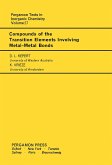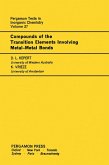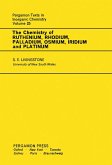
18,95 €
Sofort per Download lieferbar
eBook, PDF
6. Juni 2016
Elsevier Science & Techn.

18,95 €
Sofort per Download lieferbar
eBook, PDF
22. Oktober 2013
Elsevier Science & Techn.
Broschiertes Buch
Softcover reprint of the original 1st ed. 1982
16. Dezember 2011
Springer / Springer Berlin Heidelberg / Springer, Berlin
978-3-642-68048-9
| eBook, PDF | 40,95 € |
Ähnliche Artikel

eBook, PDF
6. Juni 2016
Elsevier Science & Techn.

18,95 €
Sofort per Download lieferbar
eBook, PDF
8. Oktober 2013
Elsevier Science & Techn.

18,95 €
Sofort per Download lieferbar

eBook, PDF
4. Juli 2016
Elsevier Science & Techn.

eBook, PDF
13. Oktober 2016
Elsevier Science & Techn.

18,95 €
Sofort per Download lieferbar


18,95 €
Sofort per Download lieferbar
eBook, PDF
22. Oktober 2013
Elsevier Science & Techn.


eBook, PDF
6. Juni 2016
Elsevier Science & Techn.
Ähnlichkeitssuche: Fact®Finder von OMIKRON
